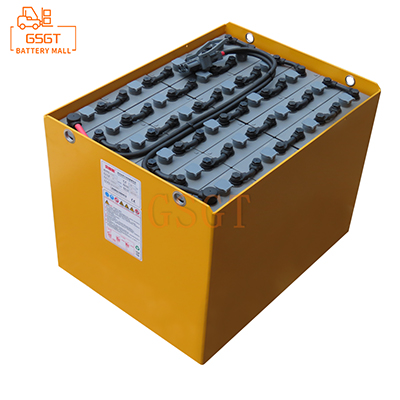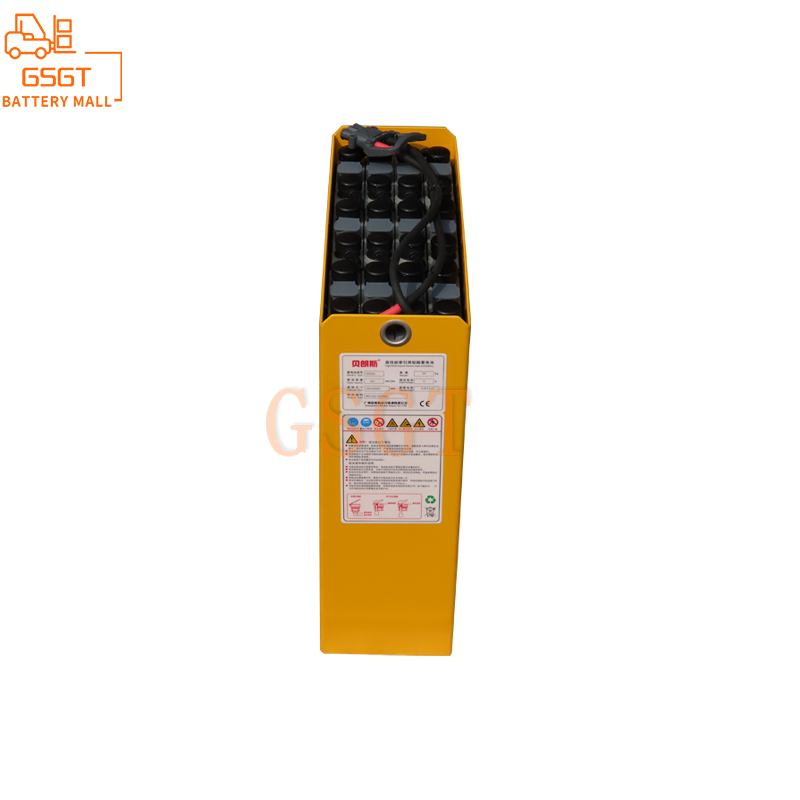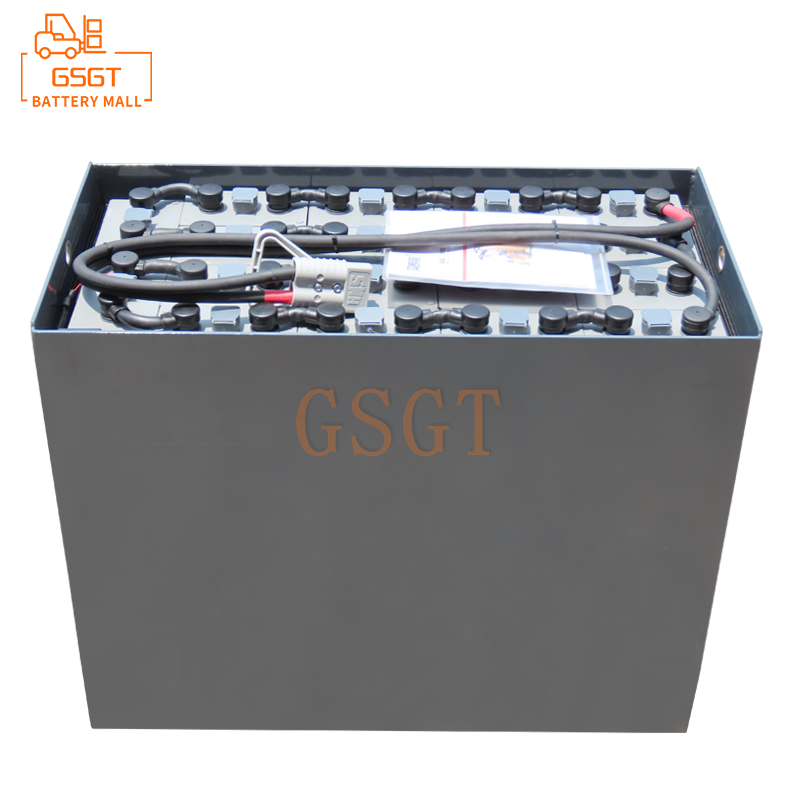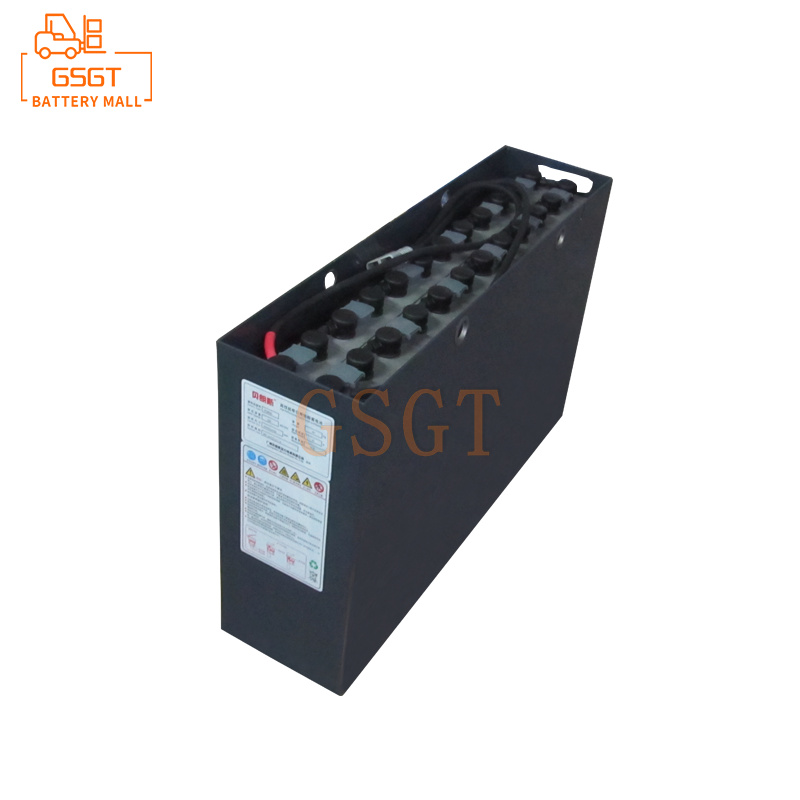Time:2025-03-21 09:33:25
Browse:618
In the field of energy storage, lead-acid batteries, with their advantages of low cost and mature technology, are widely used in communication base stations, data centers, power storage and many other scenarios. However, lead-acid batteries in the charge and discharge process will produce such as hydrogen, oxygen, acid fog and other gases, if not properly handled, not only will cause corrosion damage to the equipment, more serious threats to the health of personnel and facility safety, so the optimization of the ventilation system is urgent.
1. Analysis of lead-acid battery gas emission hazards
When the lead-acid battery is charged, the water will undergo an electrolytic reaction, and the negative electrode will produce hydrogen and the positive electrode will produce oxygen. Hydrogen is flammable and explosive, and when the concentration of hydrogen in the air reaches the explosion limit of 4%-75%, the ignition source such as open fire and static electricity may cause a violent explosion. Although the oxygen itself does not burn, but will help the fire, increasing the risk of fire. At the same time, during the charging process, the sulfuric acid in the electrolyte will evaporate to form acid fog. The acid fog is highly corrosive, which will erode the battery shell, metal structure and circuit board of the electrical equipment, shorten the service life of the equipment, and cause short circuit fault in serious cases. Long-term exposure to the acid fog environment, the staff's respiratory tract, eyes, etc. will also be stimulated and damaged, resulting in respiratory diseases, eye inflammation and other health problems.
2. Insight into existing ventilation system issues
The traditional ventilation system mostly uses the combination of natural ventilation and mechanical ventilation. Natural ventilation depends on the temperature difference and air flow inside and outside the building, although no additional energy consumption, but the ventilation effect is restricted by the season, weather and other factors. In hot summer or poor air circulation areas, natural ventilation is difficult to effectively discharge the large amount of gas generated by the battery, resulting in indoor gas accumulation. Mechanical ventilation is mainly through the fan forced air exchange, common problems include unreasonable fan selection, air volume, air pressure can not meet the battery room gas discharge requirements; There are defects in the design of ventilation pipe, such as too small pipe diameter and too many elbows, resulting in increased ventilation resistance, poor gas flow in the pipe, and obvious ventilation dead angles in some areas. In addition, the ventilation system lacks intelligent control, and the ventilation volume cannot be adjusted in real time according to the battery charging and discharging state and indoor gas concentration, which causes energy waste and cannot ensure the timeliness and effectiveness of gas emissions.
3. Ventilation system optimization strategy construction
(1) Precision ventilation design
According to the space layout of the battery room, the number and placement density of lead-acid batteries, the computational fluid dynamics (CFD) software is used to simulate the gas flow situation, and the position, number and installation point of the air vent are accurately determined. For example, vents are added above the battery rack and near the corner where the gas is easy to accumulate to ensure that the gas can be quickly discharged. Reasonable design of the direction of the ventilation pipe, reduce unnecessary elbow and diameter reduction, according to the demand of gas flow and velocity, select the appropriate diameter of the ventilation pipe, reduce the ventilation resistance, and ensure the uniform and efficient flow of gas in the pipeline.
(2) Intelligent control upgrade
The gas concentration sensor is introduced to monitor the concentration of hydrogen, oxygen and acid fog in the room in real time. When the gas concentration is close to the danger threshold, the fan is automatically triggered to increase the ventilation volume and realize the intelligent regulation of the ventilation system. Combined with the lead-acid battery charge and discharge curve, the battery status information is associated with the ventilation system by using the Internet of Things technology. In the charging peak, increase the ventilation in advance to prevent a large amount of gas accumulation; During the discharge stage, the fan speed is dynamically adjusted according to the actual gas production, which can reduce the energy consumption of the fan while ensuring safety.
(3) Fan performance optimization
Choose high efficiency, energy saving, corrosion resistant fan. For large battery rooms, a combination of axial flow fans and centrifugal fans can be used. The axial flow fan is responsible for large-area, low-resistance gas transmission, and the centrifugal fan is used to overcome local high-resistance areas to improve ventilation efficiency. Maintain the fan regularly, clean the dust in the impeller, check the motor performance, ensure the stable operation of the fan, extend the service life of the fan, and avoid the ventilation failure caused by the fan.
(4)Air purification assistance
Add air purification devices at the end of the ventilation system, such as activated carbon adsorption device to remove acid fog, catalytic combustion device to eliminate hydrogen. The activated carbon adsorption device can effectively adsorb the sulfuric acid molecules in the acid fog, purify the discharged air, and reduce the pollution to the surrounding environment; The catalytic combustion unit converts hydrogen into water under safe conditions, reducing the hydrogen content in the exhaust gas and further ensuring the safety of the facility.
Optimizing lead-acid battery ventilation system is a key measure to deal with the threat of gas emission. Through a series of strategies such as precise design, intelligent control, fan performance improvement and air purification assistance, it can effectively reduce gas hazards, ensure the safety of the lead-acid battery operating environment, and provide a solid guarantee for the stable and efficient development of related fields. In practical applications, these optimization strategies need to be flexibly used according to the characteristics of different scenarios, and the ventilation system needs to be continuously improved to adapt to the changes in the development and use of lead-acid battery technology.

$3405

$1270

$2140

$1060

MESSAGE
Professional And Efficient
Security
Affordable Price
Professional Services